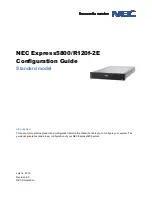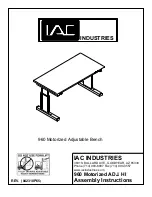
It appeared suddenly, without warning:
Each Seagate hard drive engages in regular self-tests, and most computers automatically run
regular SMART tests on the hard drive(s) installed on them. SMART tests indicate whether a
drive is approaching imminent failure. Thus, if a SMART error appears suddenly, it virtually
always means, unfortunately, that the drive is about to fail and should be replaced.
A third-party SMART software issued an alert:
With the backing of personal computer manufacturers, the disk drive industry adopted an
analysis system in the 1990's called Self Monitoring Analysis and Reporting Technology or
SMART. The idea then and today is to predict a failure before it happens. Various attributes are
being monitored and measured against certain threshold limits. If any one attribute exceeds a
threshold then a general SMART Status test will change from Pass to Fail.
Seagate uses the
diagnostic software to test the SMART status of the drive. SeaTools
does not analyze attributes or thresholds. As a practical matter, the technology supporting
SMART is constantly being improved. Each new design incorporates improvements that
increase the accuracy of the SMART prediction. As a matter of policy, Seagate does not
publish attributes and thresholds.
Please remember that these third-party programs do not have proprietary access to Seagate
hard disk information, and therefore often provide inconsistent and inaccurate results. SeaTools
is more consistent and more accurate and is the standard Seagate uses to determine hard drive
failure.
Error Messages
:
Black screen when Windows is booting
Microsoft Knowledge Base Article










































